How the Soviet Authorities Corrected Criminals in 1930: The Opinion of an NKVD Officer
In 1930, the publishing house of the NKVD of the USSR published a small book by B.S. Utevsky entitled “How the Soviet Power Corrects Criminals“. Small, only 66 pages.
Boris Samoilovich Utevsky (1887-1970) was a Soviet jurist, Doctor of Law. At the time of writing the book, he was a senior inspector-consultant of the Main Directorate of Places of Detention of the NKVD and the People’s Commissariat of Justice of the RSFSR, then a prosecutor, and only then completely switched to scientific and teaching work.
By the way, Utevsky lived in Moscow on Bolshoy Karetny next to V.S. Vysotsky, who often came to visit.
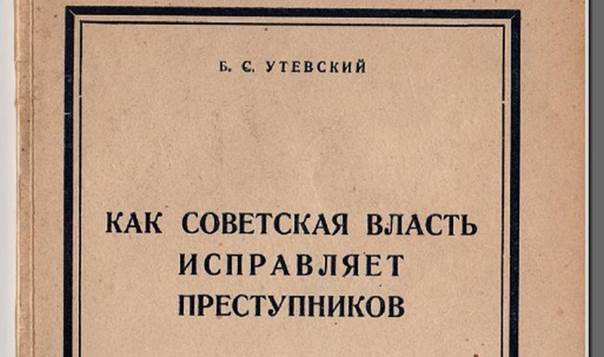
The title of B.S. Utevsky’s book speaks for itself: it was devoted to 1) a description of the ideal, in the author’s opinion, Soviet system of execution of punishments, 2) criticism of bourgeois places of detention.
Let’s go through the book a little and look at the photographs of how in 1930 an NKVD officer imagined the right and wrong approach to punishing criminals.
The book begins with a critique of the tsarist prisons, their terrible conditions of detention, and the punishments for any offense:

A prisoner chained to a wheelbarrow in the tsar’s prison.
Convicts were used instead of horses:
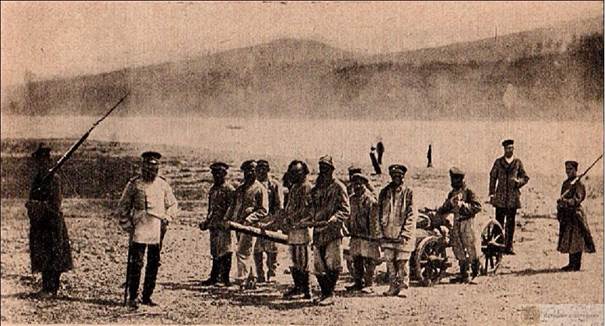
Photo of forced labor in the tsar’s penal colony.
Further, in a separate chapter, B.S. Utevsky is indignant at the terrible order that reigned in the prisons of the capitalist states of that time and even cites the following scene in the book:
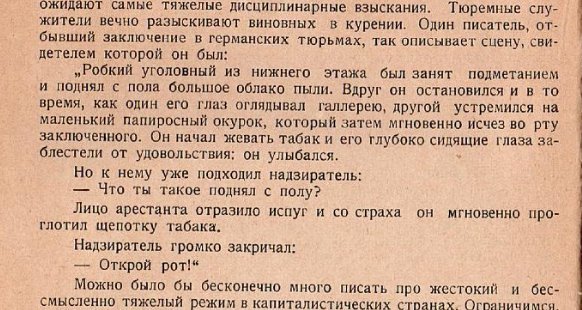
After that, the author proceeds to describe the Soviet approach to the punishment and correction of criminal elements.
The general understanding of the criminal and the crime, the meaning of deprivation of liberty as a punishment, the foundations of the regime, discipline and class principles are revealed.
Further, Utevsky paid serious attention to labor in Soviet prisons.
Soviet prisoners, for example, work in weaving factories, learning new professions. And men:
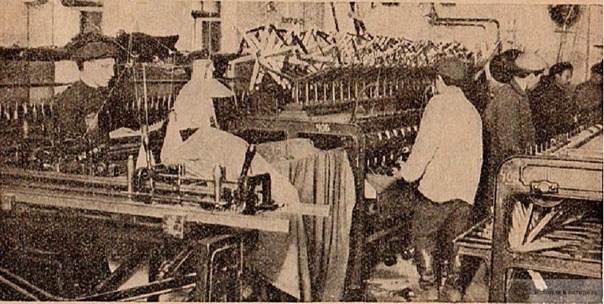
Weaving factory in prisons, 1930
And women:
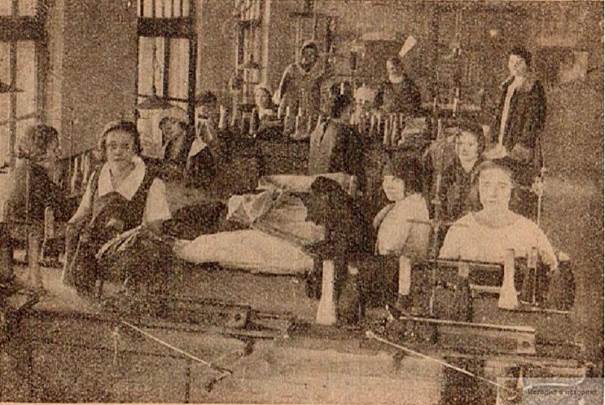
Weaving factory in prisons, 1930
They also work in sewing workshops:
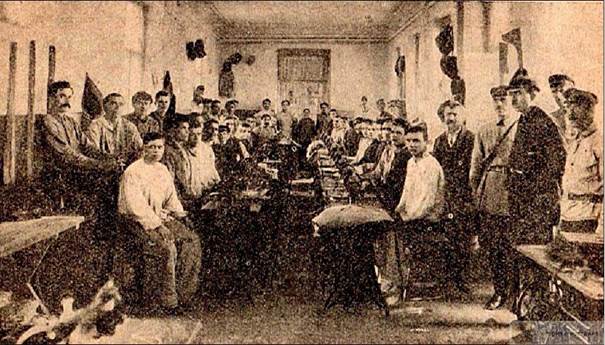
Photo of a workshop in prisons, 1930
How can there be a place of detention without sewing workshops?
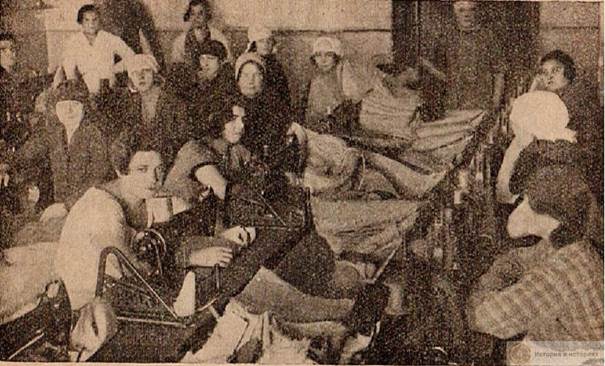
Sewing workshop in prisons, 1930
In prisons, you can learn the noble business of a carpenter:
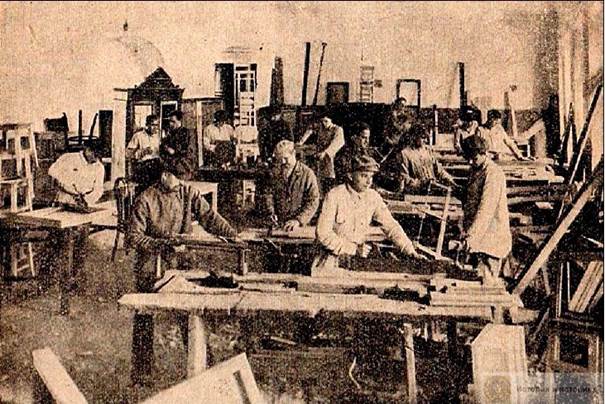
Carpentry workshop in prisons, 1930
And in prisons, too, it is possible to solve the important state tasks of industrialization and independence from the bourgeois West:
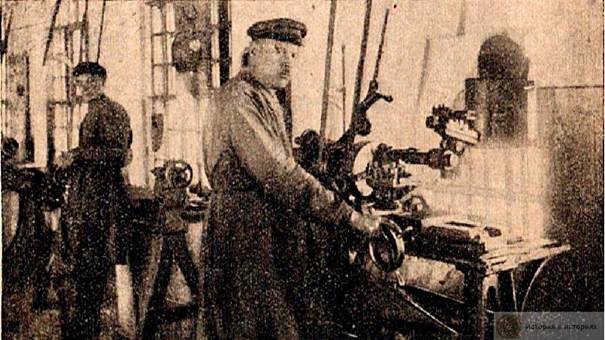
Locksmith and Mechanical Workshop, 1930
However, prisoners are re-educated not only through work, but also take the necessary spiritual food, including in schools:
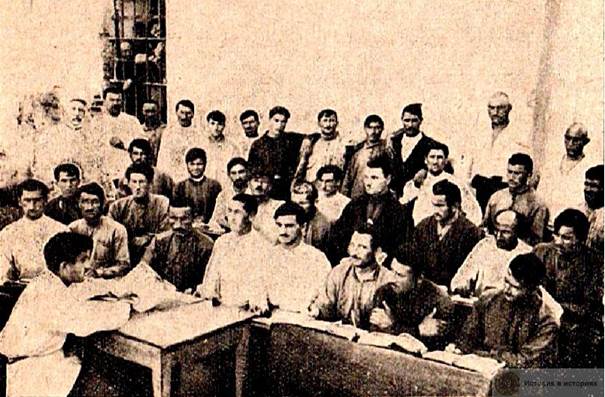
Inmates at school, 1930
Convicted criminals in the Soviet penal system can also reveal their creative side. potential.
Prisoners try themselves as in the high arts:
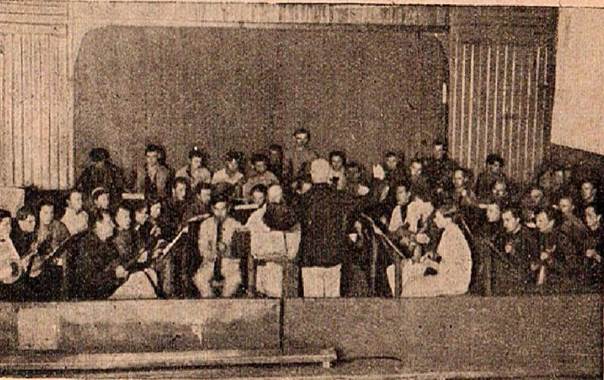
Prisoner Orchestra, 1930
It is the same in journalism:
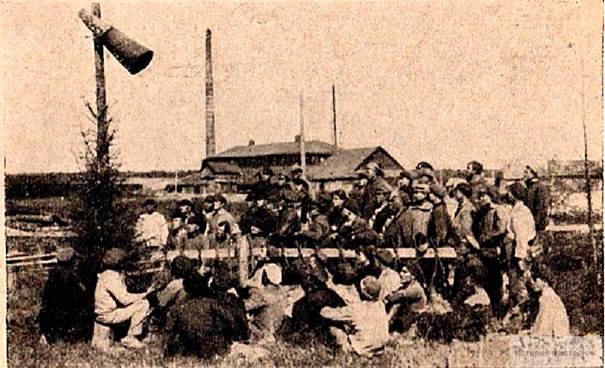
Editorial Board of the Prisoners’ Wall Newspaper, 1930
Among the available entertainments are not only books, but also radio, which are invariably popular:

Radio in the Prisoners’ Colony, 1930
The author does not forget about physical education and sports, which are absolutely necessary for a full-fledged correction:
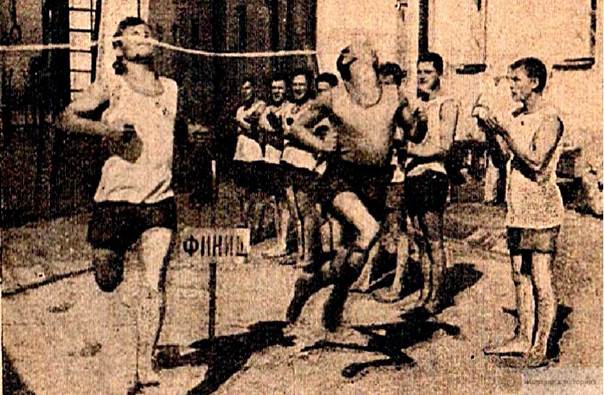
Physical Education for Prisoners, 1930
The penultimate chapter in the book is devoted to assistance to released prisoners, which was organized by special Soviet institutions. B.S. Utevsky quotes the letters of former convicts, who sincerely thank them for their assistance and support after their release:

This is one of those letters.
What do you think of this book by B.S. Utevsky, an NKVD officer and later a legal scholar, and his description of the Soviet penal system in 1930? Was this system effective?
